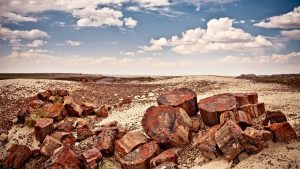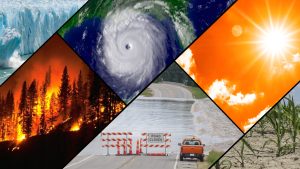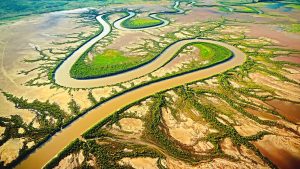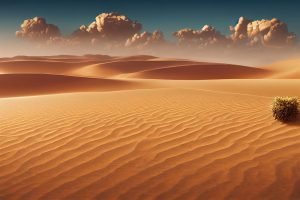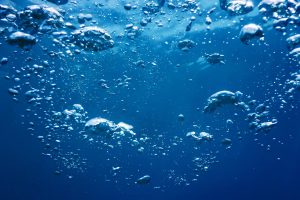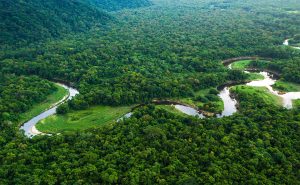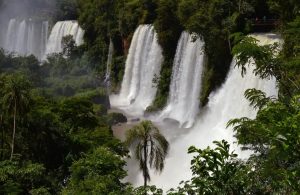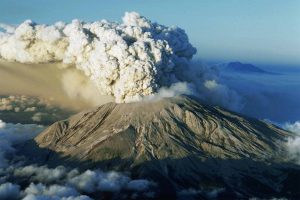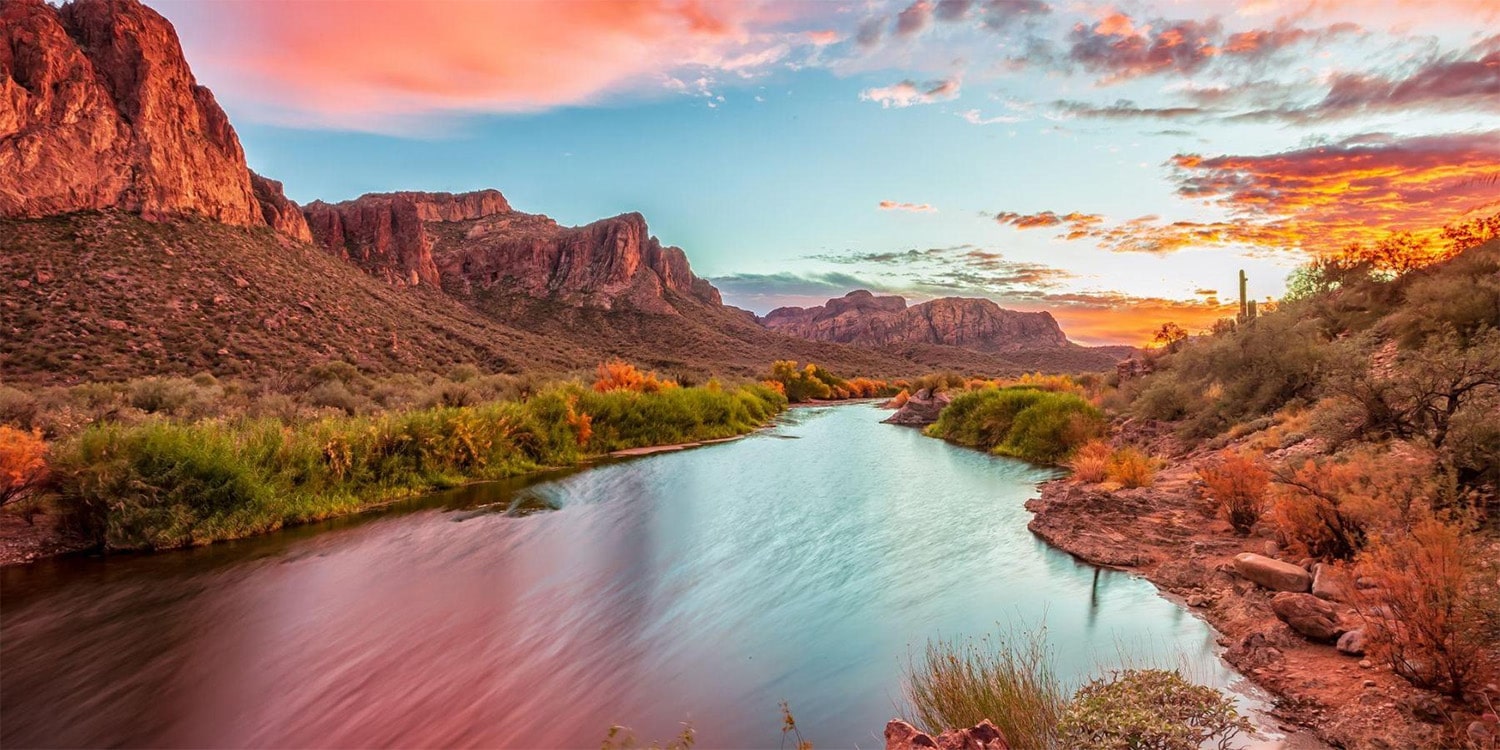
26 interesting facts about Mesas
- 👁️ 2258
Mesas, often referred to as tablelands or tabletops, are an iconic landform that can be found in arid and semi-arid regions around the world. Characterized by their flat tops and steep sides, these natural structures emerge from the earth like giants’ tables, offering breathtaking views and unique ecosystems. Mesas are formed through a complex process of erosion and weathering, where harder rock layers resist erosion while softer layers beneath are worn away. These geological wonders have not only shaped the physical landscape but have also played a significant role in the cultural and historical narratives of the regions they inhabit. Let’s delve into some fascinating facts about mesas and their significance.
- The word “mesa” is Spanish for “table,” reflecting the flat-topped appearance of these landforms.
- Mesas are typically larger than buttes but smaller than plateaus, with the distinction often based on the size of their top surface area.
- The formation of a mesa begins with a layered sedimentary rock that is uplifted by tectonic activity.
- Erosion by wind and water then isolates portions of the uplifted area, carving out the steep sides of the mesa.
- The top layer of a mesa, known as the caprock, is usually made of more resistant rock that protects the softer layers beneath from erosion.
- One of the most famous mesas is the Grand Mesa in Colorado, which is considered the largest flat-topped mountain in the world.
- Mesas are common in the southwestern United States, particularly in Arizona, Utah, New Mexico, and Colorado.
- The Colorado Plateau, a region that encompasses parts of the four aforementioned states, is home to thousands of mesas.
- Mesa Verde National Park in Colorado contains numerous ancient cliff dwellings built by the Ancestral Puebloans into the sides of mesas.
- In Australia, mesas are often referred to as “jump-ups.”
- The Deccan Plateau in India is an example of a large area covered with mesa-like features, formed by volcanic activity.
- Ayers Rock (Uluru) in Australia, though often mistaken for a mesa, is actually an inselberg, which is a different type of landform.
- Mesas have been depicted in numerous Western films, contributing to the iconic imagery of the American West.
- Some mesas, due to their isolation, host unique ecosystems with species of plants and animals not found elsewhere.
- The caprock of a mesa can be composed of various types of resistant rock, including limestone, sandstone, or basalt.
- Erosion continues to shape mesas over time, eventually wearing down the caprock and transforming mesas into other landforms.
- The Navajo Nation, spanning parts of Arizona, Utah, and New Mexico, features many mesas that are culturally and spiritually significant to the Navajo people.
- Black Mesa in Oklahoma is the highest point in the state and an example of a mesa formed from lava flow.
- In addition to natural processes, some mesas have been altered or used by humans for purposes such as defense, agriculture, and religious ceremonies.
- The city of Table Mountain in South Africa is named after its flat-topped mountain, which is a prominent example of a mesa.
- Ancient civilizations, including those in the American Southwest and South America, often built settlements on mesas for their defensive advantages.
- The process of mesa formation can take millions of years, showcasing the slow but dynamic nature of geological change.
- In sedimentary mesas, fossilized remains of plants and animals can sometimes be found, offering insights into the region’s prehistoric environment.
- The steep cliffs of mesas are popular among rock climbers and adventure seekers for their challenging routes.
- Some mesas have been designated as protected areas or national parks to preserve their natural beauty and ecological significance.
- Mesas not only contribute to the diversity of the earth’s landscapes but also serve as important symbols in the mythology and folklore of various cultures.
Mesas stand as majestic reminders of the earth’s long history and the powerful forces of nature that shape our world. Their distinctive flat tops and precipitous sides have fascinated geologists, inspired artists, and served as sanctuaries for wildlife and humans alike. As we continue to explore and study these remarkable landforms, mesas remain symbols of the enduring beauty and mystery of the natural world. Their preservation allows future generations to witness the awe-inspiring results of millennia of geological processes.

